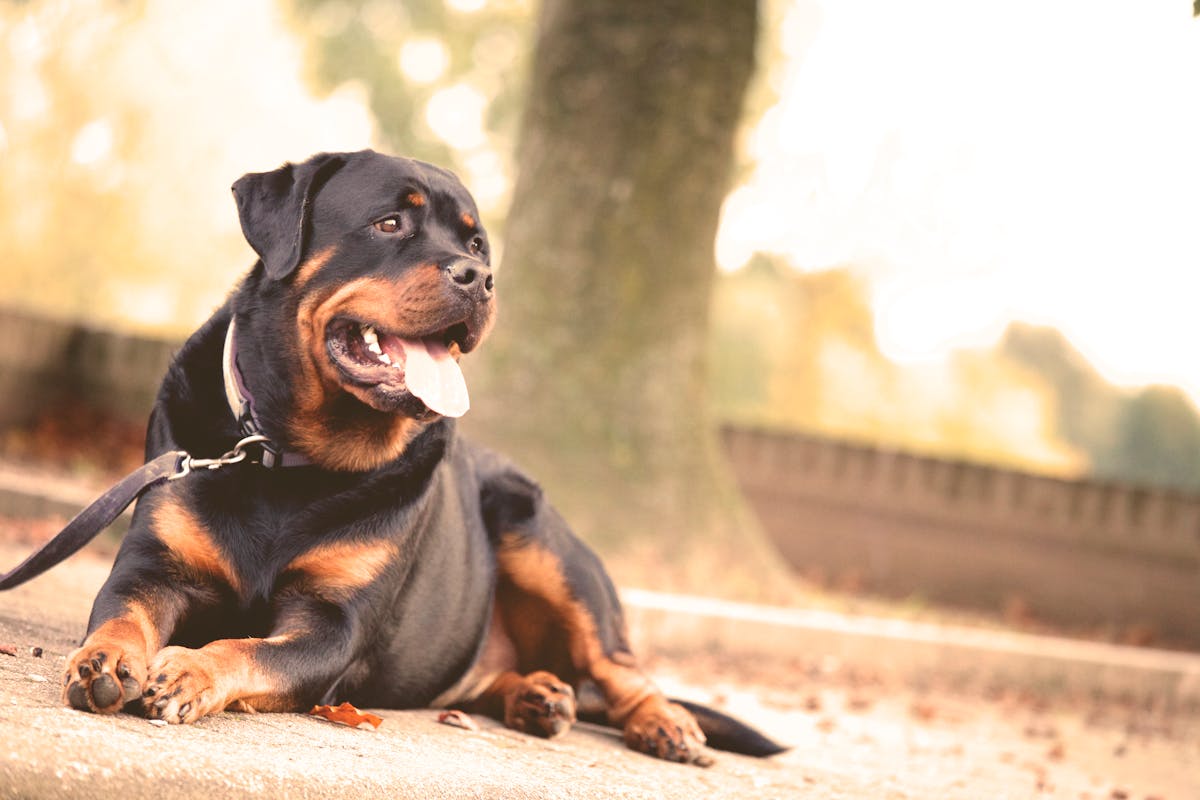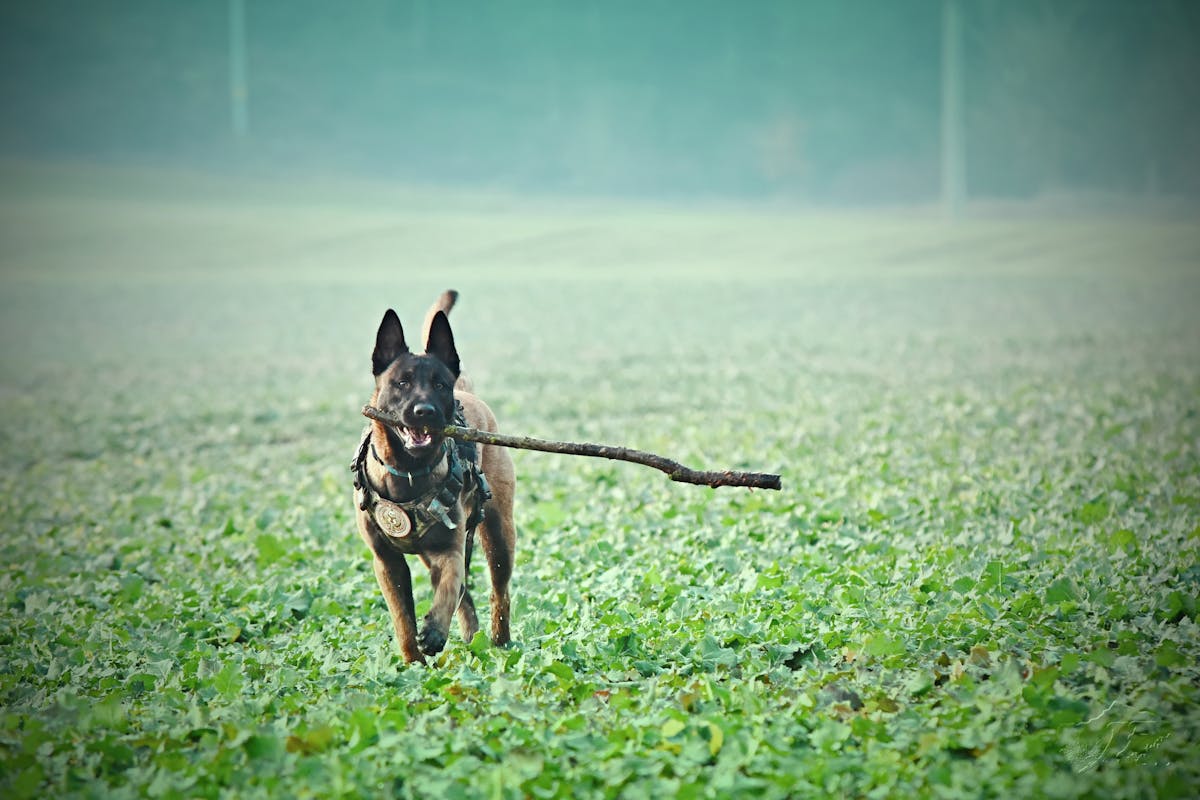
What to Do When Another Dog Attacks Your Dog?
Imagine the following scene: “A beautiful July evening. You are in the park, strolling carefree with your four-legged friend. A group of people with their pets approaches you. Some of the dogs are on leashes, a few are roaming freely. Your pet gets interested in the approaching group. They first approach cautiously, then trust is established and play begins. When the play ends, you slowly part ways, each heading in your own direction, satisfied that your furry friends had a wonderful evening.”
This is the ideal story every pet owner hopes for when going out for a walk with their companion. But we all know that things don’t always turn out this way. Sometimes, when dogs are not properly socialized, not accustomed to interacting with their own kind, or when stray dogs see the area you are walking in as their territory, there is a risk of unpleasant and unexpected incidents – the risk of bite wounds.
How to Know When to Move Away from Trouble with Your Pet?
By nature, dogs are pacifists and will try to avoid conflict situations if possible. However, fear, anxiety, and aggression can be provoked by the current situation or previous negative experiences. Most dogs will give warning signs before an actual attack, some of which can be subtle, such as: lip licking, turning their face away, trying to retreat, flattened and backward ears, yawning, or crouching.
On the other hand, very direct signals are: growling, aggressive barking, baring teeth. If there is a dog nearby showing any of these signs, take your pet and calmly but quickly move away. It can be helpful to place a physical barrier between your dog and the threatening dog, such as a fence or a parked car.
What to Do if a Conflict Occurs?
If a conflict does occur, it is crucial to remain as calm and composed as possible. This is the best way to help your pet. Numerous factors influence the severity of a dog bite, and obviously, a large bite or multiple bites with heavy bleeding require immediate veterinary intervention. However, it is important to note that even very small bite wounds, barely visible under the pet's fur, should also be examined by a veterinarian due to possible complications.
When a bite occurs, the tooth not only damages the skin but also creates a pocket under the skin, which becomes an ideal environment for bacterial growth and leads to infection. Often, the entry wound is small, the skin heals relatively quickly, and can "trap" bacteria in the pocket under the skin, which will rapidly multiply and cause an abscess.
Although infection tends to be the primary concern for any dog bite, other serious health problems can develop depending on the location and severity of the bite. It is important to mention that in veterinary medicine, there is a special type of traumatic event known as “Big dog-little dog,” where fights between large and small breed dogs result in extensive and very serious injuries to the small dog, which can be widespread, affect multiple organ systems, and severely endanger the animal's life.
In most cases, the injured pet is in a state of shock with serious polytrauma, requiring urgent veterinary intervention, stabilization, and often major surgical procedures to repair the sustained injuries.





